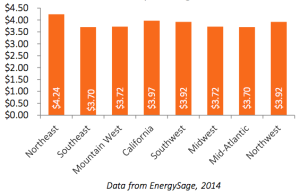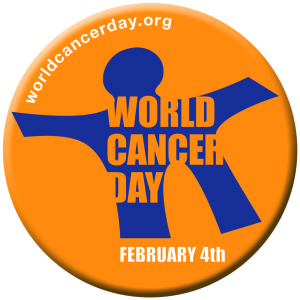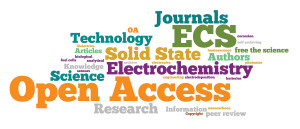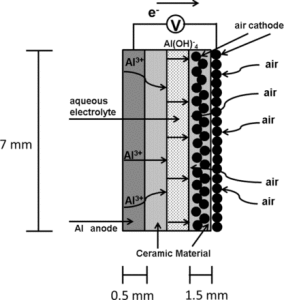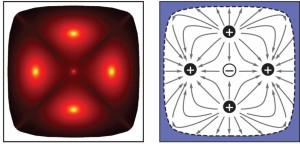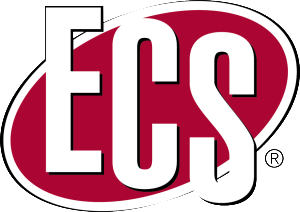 Notes from the Section Chairman
Notes from the Section Chairman
Pittsburgh is gradually evolving to be a hub of education, science and research. The Electrochemical Society bears great relevance to a number of upcoming challenges including energy generation and storage, corrosion, biochemical systems etc., and a number of local universities and companies are perform cutting edge research.
With that in mind, section could act as a forum for fruitful interaction and collaboration. We are reaching out to local members interested in participating and rejuvenating the Pittsburgh Section, which has been dormant for many years. We also aim to give information on local activities and events. These posts will highlight one research group and their work in electrochemical research and also provide an update of local activities.
Since this is the beginning of a new effort, we would like your feedback with regards to activities of interest. Please take the time to complete the survey and help the officers identify areas of interest. And let us know if there is any news you’d like to see in a future issue.
Thanks,
Cliff Walton
(more…)


